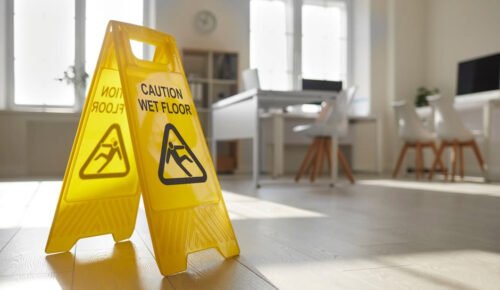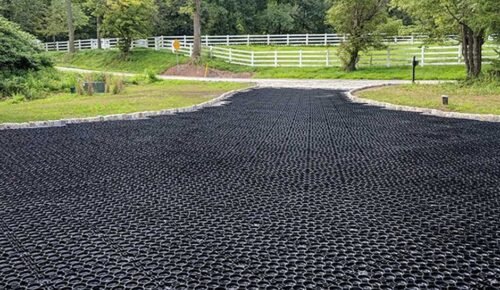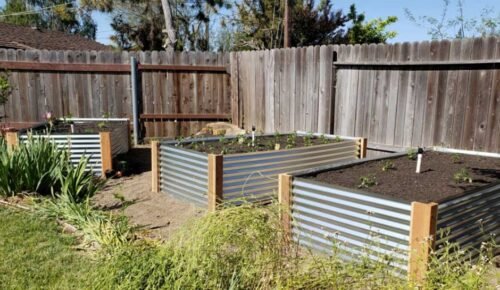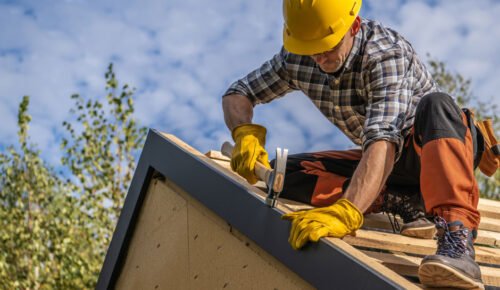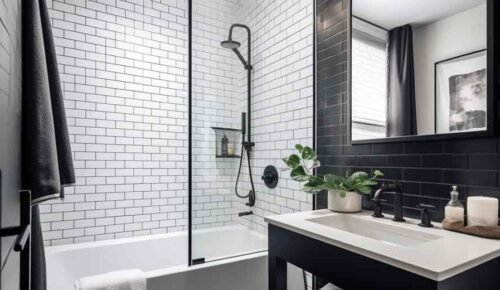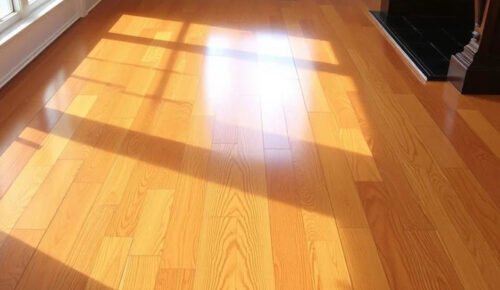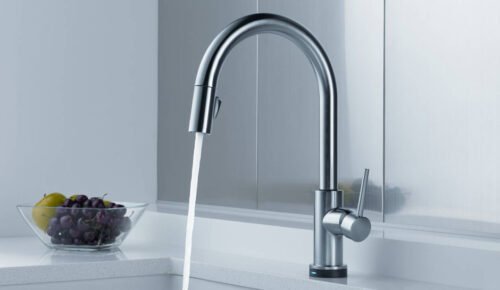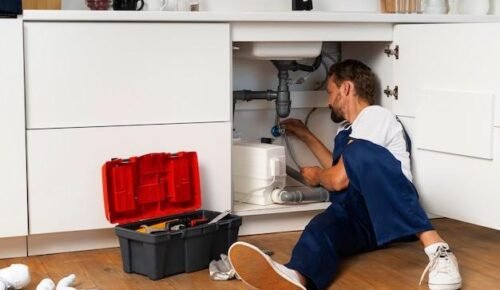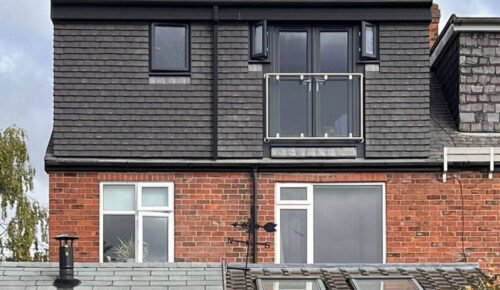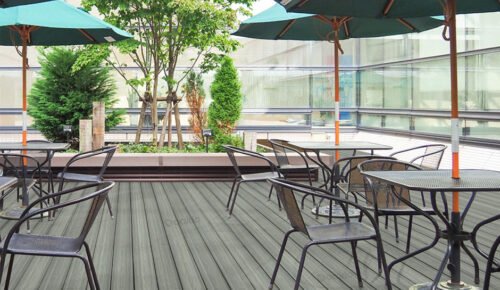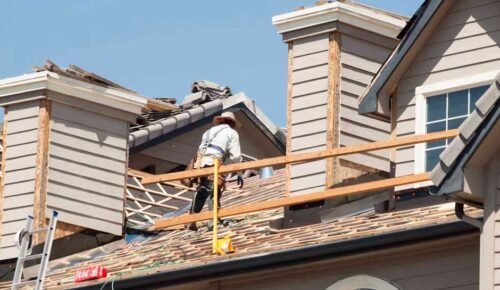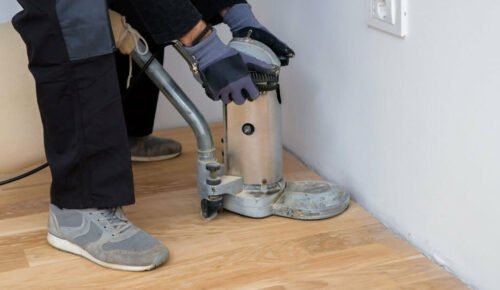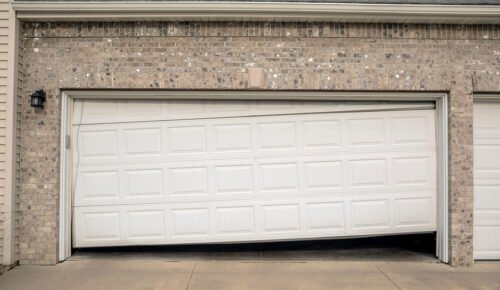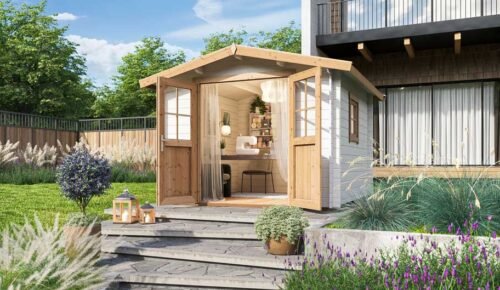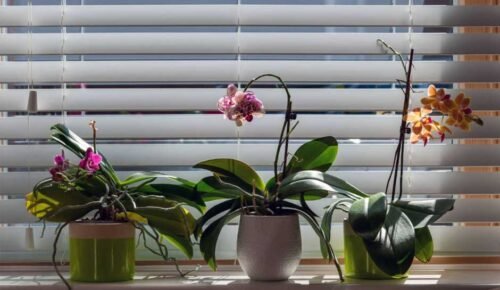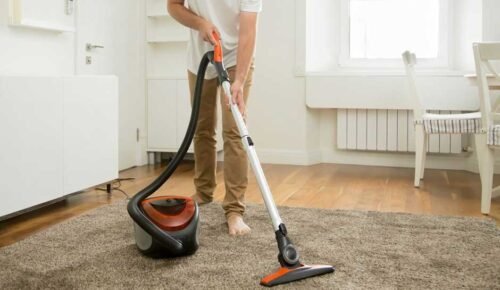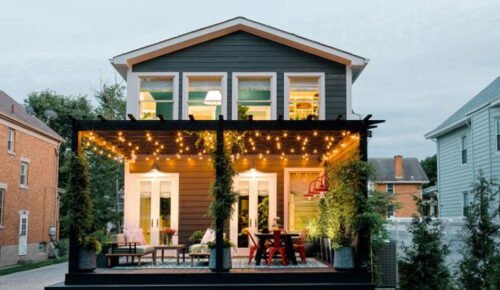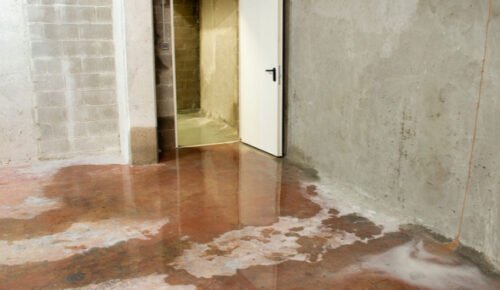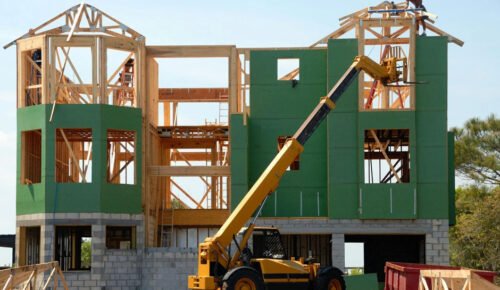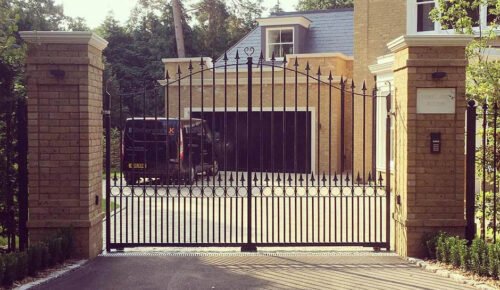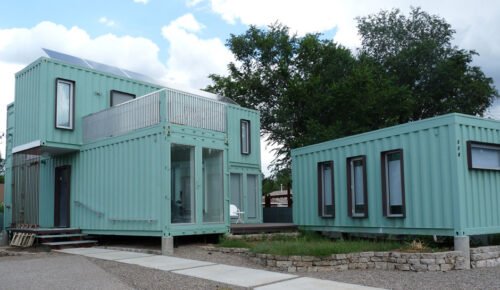Whether you’re an experienced gardener or a beginner, planting can sometimes feel like a long, labor-intensive process. Fortunately, advancements in tools and techniques mean you don’t have to spend hours bent over in the garden. By using innovative techniques and strategies, you can plant faster and more efficiently while maintaining (or even improving) the quality of your results. In this article, we’ll explore some of the most effective methods for speeding up your planting process, from tool upgrades to clever planting strategies.
Why Faster Planting Matters
We all know that gardening can be a relaxing, therapeutic activity. But when your to-do list includes planting dozens of bulbs, vegetables, or flowers, the task can quickly become overwhelming. Faster planting doesn’t just save time—it can also reduce physical strain, minimize disruptions to your soil structure, and make it easier to stay on schedule for the growing season. With the right techniques, you can enjoy a flourishing garden without spending all your free time on planting.
Essential Tools to Speed Up Your Planting
One of the quickest ways to improve your planting speed is to invest in the right tools. Just as a carpenter is more efficient with a quality hammer, gardeners are much more productive with tools designed to make planting faster and easier.
1. Power Auger Drill for Effortless Digging
One of the most innovative tools in gardening today is the auger drilling, a powerful device that attaches to your standard power drill. This tool makes quick work of digging holes for bulbs, seedlings, and even larger plants. Simply attach the auger bit, and the drill will create perfectly round holes in seconds, saving you the effort of digging with a trowel or shovel.
Whether you’re planting a row of tulips or putting in posts for a garden fence, auger drilling is a game-changer. It’s not just fast—it also ensures uniformity in hole depth and width, which helps your plants grow more evenly.
2. Seed Planters for Quick Precision
If you’re planting seeds in neat rows, a seed planter is your best friend. Seed planters come in both manual and mechanical forms, allowing you to plant seeds at the right depth and spacing with minimal effort. Some models even allow you to adjust for different seed sizes, ensuring that each one is planted perfectly.
This tool is particularly useful if you’re working with large plots or growing food in rows. By using a seed planter, you eliminate the guesswork, reduce seed waste, and dramatically cut down on the time it takes to plant.
3. Garden Dibblers for Small Spaces
For gardeners working in small spaces or raised beds, a garden dibbler is a handy tool that helps you create uniform planting holes for seeds or seedlings. It’s particularly useful for planting in tight rows or in areas where precision is important. Simply press the dibbler into the soil, and it creates the perfect-sized hole for your seeds or transplants.
This tool might seem simple, but it speeds up the process by eliminating the need to dig each hole individually with a trowel. Plus, it ensures that each seed is planted at the correct depth, which is crucial for germination success.
Time-Saving Techniques for Faster Planting
It’s not just about the tools—how you approach the planting process also plays a major role in how quickly you can get plants into the ground. By using some smart strategies, you can shave valuable minutes off your planting time without sacrificing quality.
1. Prepare the Soil Ahead of Time
One of the most time-consuming parts of planting is preparing the soil. If your soil is compacted or full of weeds, planting can take twice as long. Before you start planting, make sure your soil is loose, well-drained, and free of debris. Use a garden fork, tiller, or hoe to loosen the top layer of soil, ensuring that it’s easy to work with when it’s time to plant.
Adding compost or organic matter before planting is also a good idea. This not only improves the soil structure but also gives your plants a nutrient-rich environment to grow in, helping them establish roots faster and more efficiently.
2. Use Raised Beds or Containers
Raised beds and containers not only make gardening more accessible (no more bending down!) but also speed up the planting process. Because you’re working in a smaller, more controlled area, you can prepare the soil and plant much faster than in a traditional in-ground garden.
Raised beds are especially useful if you’re planting a lot of small crops like herbs, salad greens, or flowers. They keep the soil loose and well-aerated, reducing the amount of time you spend digging and loosening. Additionally, they prevent weeds from taking over, meaning you’ll spend less time maintaining the beds throughout the season.
3. Plant in Clusters
Instead of spacing each plant or seed individually, consider planting in clusters. This technique is particularly useful for smaller plants like herbs, annual flowers, or greens. By grouping several plants together in one hole, you can cut your planting time in half.
Cluster planting doesn’t just save time—it can also improve plant health. Many plants grow better when they’re close to others of the same type, as it creates a microenvironment that retains moisture and provides shelter from harsh weather. Just make sure that each plant has enough room to grow without competing too much for resources.
Efficient Planting Layouts to Save Time
How you arrange your plants can also impact how quickly you can get them into the ground. Here are some efficient layouts and methods to speed up your planting process.
1. Square Foot Gardening
Square foot gardening is a method that maximizes space and minimizes the time spent planting. Instead of planting in traditional rows, you divide your garden into square-foot sections and plant according to the size and needs of each plant. For example, you can plant one tomato plant per square foot or 16 carrot seeds in the same space.
This method speeds up planting because it eliminates unnecessary spacing between plants and makes it easier to plan where everything will go. Plus, it’s a great way to keep track of your garden and ensure that you’re making the most of your available space.
2. Companion Planting for Efficient Use of Space
Companion planting involves grouping plants that benefit each other together. Not only does this improve the health of your garden, but it also saves time by allowing you to plant different species in the same space. For example, you can plant tall plants like corn alongside ground-hugging crops like squash, which will spread out beneath the corn and reduce the amount of weeding you have to do.
By planting complementary plants together, you reduce the number of trips you need to make back and forth across your garden, as you’ll be working in the same space for multiple crops. Plus, companion planting can help with pest control, which means less time spent worrying about insect damage later in the season.
3. Row Planting with Wide Spacing
While traditional row planting can take up more space, it can also speed up the planting process if done correctly. By leaving wider gaps between rows, you make it easier to walk through and tend to your plants without disturbing the soil or the plants themselves.
Wide spacing also makes it easier to use tools like seed planters or auger drills, as you’ll have more room to maneuver between rows. This layout is particularly useful for larger plants like tomatoes, peppers, or beans, which need more space to grow.
Final Thoughts: Planting Smarter, Not Harder
Planting doesn’t have to be a backbreaking, time-consuming task. With the right tools, techniques, and strategies, you can cut your planting time in half and still enjoy a lush, healthy garden. From using tools like auger drills and seed planters to adopting time-saving techniques like raised beds and companion planting, there are countless ways to make the process more efficient.
So next time you’re gearing up for a big planting day, remember these tips to work smarter—not harder.




